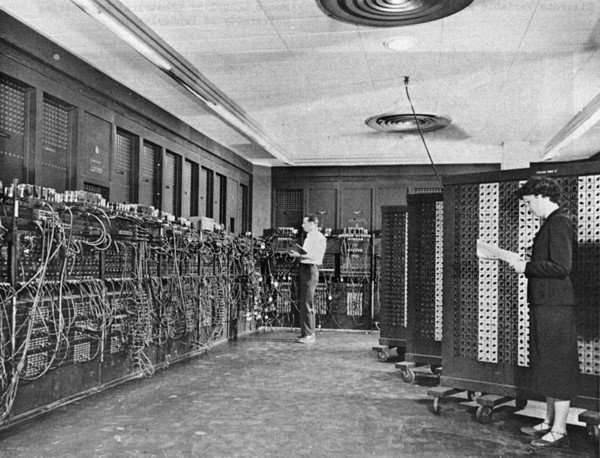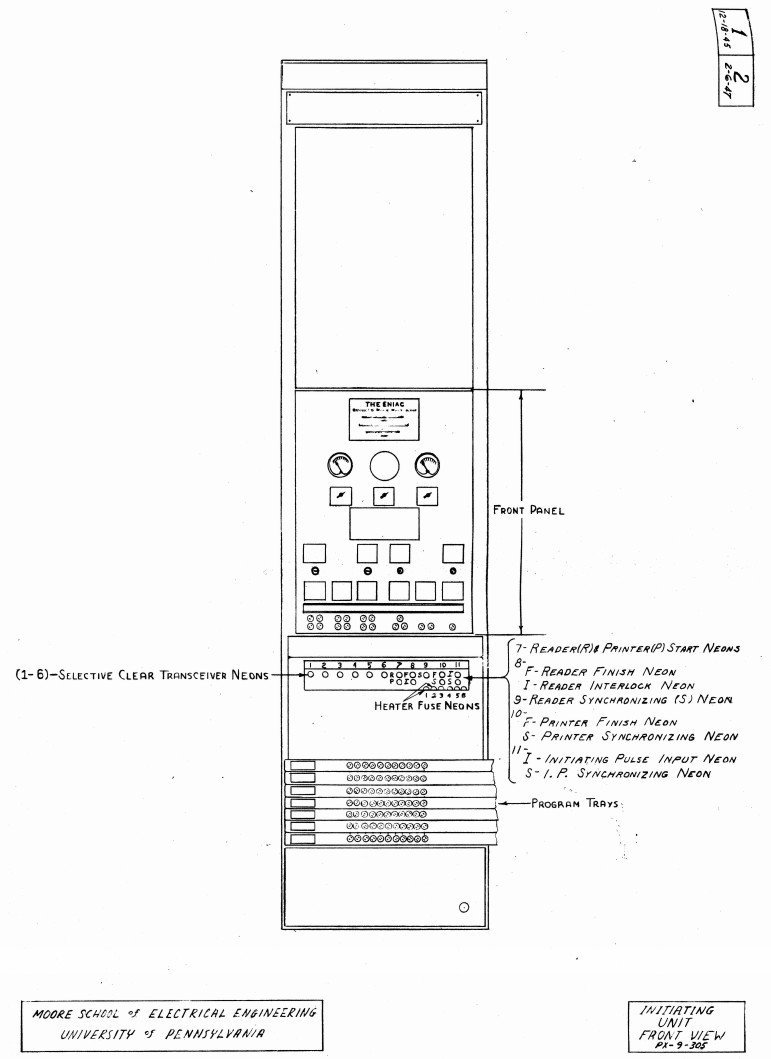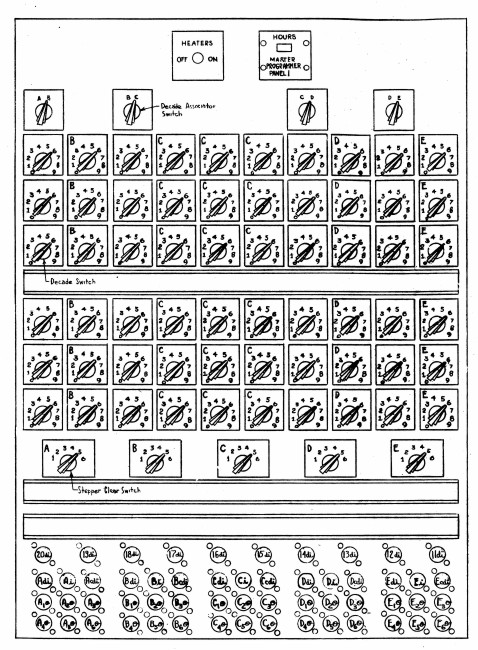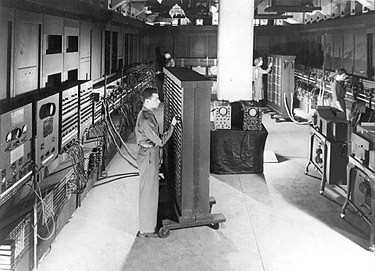| ENIAC Operating Manual |
| Written by Harry Fairhead | |||
| Saturday, 08 June 2019 | |||
|
A look at the ENIAC Operating Manual, published 75 years ago this month, reveals just how difficult it was to program the world's first electronic general-purpose computer and how frustrating it must have been for its programmers. When did you last read the operating manual of a computer, or any other electronic device for that matter? As programmers we tend to ignore any type of guidance, at least until something goes wrong and these days that rarely happens. But 75 years ago ENIAC's programmers probably did need to consult printed documentation to instruct them which switches to use and in which order. In this photo both Glen Beck and Betty Snyder, who are engaged in the task of programming ENIAC, appear to be holding documentation. Source: US Army The June 1946 Operating Manual, authored by Arthur W Berks and Harry D Huskey has been preserved for posterity and can be viewed here: The majority of its almost 50 pages are drawings including ones of its floor-standing units: and others that show how it has to be programmed by positioning switches: Here we see Corporal Irwin Goldstein setting the switches on one of ENIAC's function tables: It is the fact that ENIAC was programmed using switches that often causes people to claim that it wasn't really the first "programmable" computer. The photo also indicates the size of ENIAC. One of its main innovations was the use of vacuum tubes, of which there were almost 18,000, which were inherently unreliable and required changing at frequent intervals.
A vacuum tube - unreliable and expensive Much of the text of the manual is devoted to safety concerns and while some of read rather like "Don't run with scissors" it does shed light on how trouble was anticipated. Here are some choice excerpts: If ENIAC shuts down from overheating do not try to restart; call maintenance personnel. If any panel runs consistently much hotter than the others, do the same, Do not remove any covers, front or back. Do not open d-c fuse cabinet with the d-c power turned on. This not only exposes a person to voltage differences of around 1500 volts but the person may be burned by flying pieces of molten fuse wire in case a fuse should blow. Do not pull directly on wire or cable; always use the plug case as a grip. Do not pound or force plugs. Do not force any switches. In case you think the 1500 volts is quoted to scare the operators, it is worth recalling that vacuum tubes usually worked at voltages starting at 200V, which is a lot compared to the 3V today's processors work at. Another factor would have been the amount of heat produced. Each tube had a heater which caused the cathode to glow red hot. It would have been hot work without air con.
These days as soon as any piece of electronic equipment starts to malfunction there's the temptation not to fix it but to replace it - the replacement will probably by more powerful, will work faster, cost less and use less power or have longer battery life. Compare this scenario to that of 75 years ago when the original ENIAC ran for 10 years. More InformationENIAC Operating Manual Jun46 (pdf) Related ArticlesOn This Day in 1946 - Eniac Unveiled To be informed about new articles on I Programmer, sign up for our weekly newsletter, subscribe to the RSS feed and follow us on Twitter, Facebook or Linkedin.
Comments
or email your comment to: comments@i-programmer.info |
|||
| Last Updated ( Saturday, 08 June 2019 ) |








